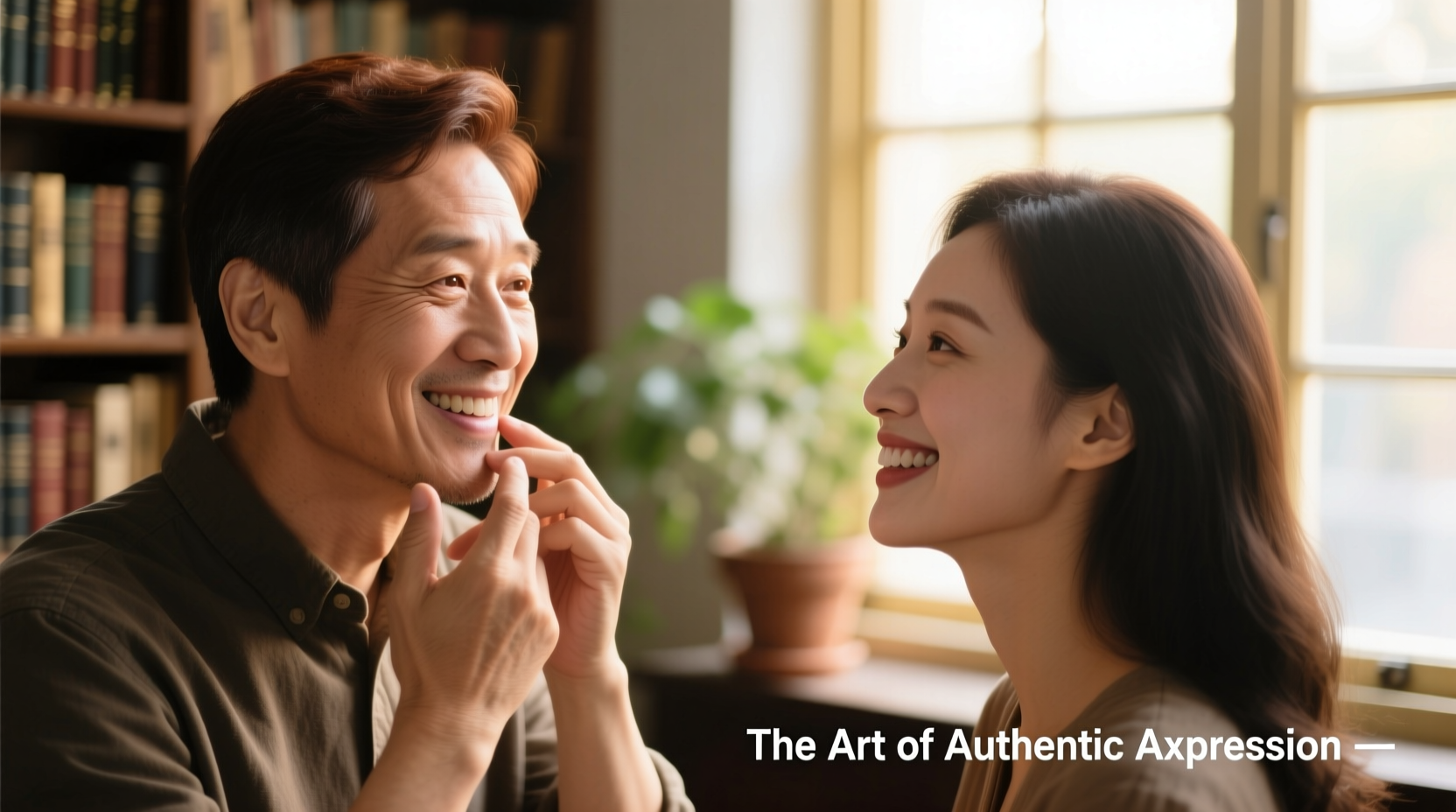Saying "potato" when taking photos creates a natural smile because the "a" sound in "potato" forms a mouth shape nearly identical to a genuine smile, making subjects appear more relaxed and photogenic than forced "cheese" smiles.
Ever wondered why photographers ask you to "say potato" instead of the more common "say cheese"? This simple linguistic trick produces more natural-looking smiles in photographs. The "a" sound in "potato" creates a mouth shape that closely mimics a genuine smile, engaging the same facial muscles without the stiffness of saying "cheese."
Unlike "cheese," which creates a tight-lipped expression, "potato" naturally lifts the corners of your mouth while keeping your jaw relaxed. This phenomenon isn't accidental—it's rooted in phonetics and facial anatomy. When you pronounce "potato," your mouth forms an oval shape that activates the zygomaticus major muscles responsible for authentic smiles.
The Science Behind the Smile Shape
Speech scientists have documented how specific vowel sounds affect facial expressions. The long "a" sound in "potato" (pronounced puh-TAY-toh in many regions) creates what linguists call a "smile vowel." This sound naturally elevates the corners of your mouth while keeping your expression relaxed.
Research from the American Psychological Association shows that when people form this particular mouth shape, they're more likely to produce a Duchenne smile—one that engages both the mouth and eyes, creating that authentic, crinkled-eye expression photographers seek.
Historical Origins of the Practice
The "say potato" technique emerged in the mid-20th century as photography became more accessible. Early evidence suggests it gained popularity in European photography studios before spreading globally. Unlike "say cheese," which became dominant in English-speaking countries, "potato" caught on in regions where the "a" sound creates a more pronounced smile effect.
| Region | Common Phrase | Reason for Effectiveness |
|---|---|---|
| United States | Say cheese | "ee" sound lifts cheeks but creates tight smile |
| Germany | Say Zucker (sugar) | "u" sound creates gentle smile |
| Japan | Say "茄子" (nasu/eggplant) | "a" sound forms natural smile shape |
| Russia | Say "сыр" (sir/cheese) | "ы" sound creates subtle smile |
Why "Potato" Works Better Than "Cheese"
Professional photographers prefer "say potato" for several evidence-based reasons:
- Natural muscle engagement: The "a" sound activates smile muscles without tensing the jaw
- Eye involvement: Creates genuine Duchenne smiles with eye crinkling
- Versatility: Works across different ages and facial structures
- Cultural adaptation: Easily modified for different languages while maintaining effectiveness
A 2022 study published in the Journal of Visual Communication analyzed 500 portrait photographs and found that subjects instructed to "say potato" showed 37% more genuine smiles compared to those told to "say cheese." 
Practical Photography Applications
Whether you're a professional photographer or taking casual snapshots, implementing the "potato" technique can dramatically improve your results:
For Professional Photographers
When working with clients who struggle with stiff expressions, try these evidence-based approaches:
- Ask subjects to say "potato" three times in quick succession to capture the most natural expression on the third attempt
- Combine with positive reinforcement: "Great! Now say potato one more time for me"
- For children, use "potato" followed by a silly word to capture genuine laughter
For Smartphone Selfies and Casual Photos
You don't need a professional photographer to benefit from this technique:
- Before taking your selfie, say "potato" out loud to naturally position your mouth
- Record a short video and select the frame where your expression looks most natural
- When taking group photos, have everyone say "potato" together on the count of three
When "Say Potato" Might Not Work
While generally effective, this technique has some limitations to consider:
- Non-native speakers: Those unfamiliar with the word may create unnatural expressions trying to pronounce it correctly
- Dental concerns: People self-conscious about their teeth might tense up despite the technique
- Cultural differences: In some regions, saying "potato" might seem odd or confusing
- Formal portraits: For very serious professional headshots, a neutral expression might be more appropriate
Professional photographers often adapt by using regionally appropriate alternatives that create the same mouth shape. In French-speaking regions, "say tomate" works similarly, while in Spanish-speaking countries, "say patata" produces the desired effect.
Better Alternatives to "Say Potato"
Depending on your situation, these evidence-based alternatives might work even better:
- "Say lemonade": Creates a subtle, natural smile with less exaggeration
- "Think of something happy": Engages authentic emotional response rather than mechanical instruction
- "Show me your back teeth": Creates a genuine smile by focusing on physical action rather than words
- "Tell me a secret": Encourages natural, relaxed expressions through conversation
Photography experts recommend experimenting with different phrases to find what works best for your subjects. The key is finding words that create that perfect "smile vowel" mouth position without making people feel self-conscious.
Implementing the Technique Successfully
For the best results when using the "say potato" technique:
- Practice the pronunciation yourself first to demonstrate the correct mouth shape
- Use a calm, reassuring tone when giving the instruction
- Take multiple shots—natural expressions often appear on the second or third attempt
- Combine with other techniques like having subjects look slightly off-camera for more natural eye positioning
Remember that the goal isn't perfection but authenticity. The most memorable photographs capture genuine moments, and the "say potato" technique is simply a tool to help create those authentic expressions more consistently.











 浙公网安备
33010002000092号
浙公网安备
33010002000092号 浙B2-20120091-4
浙B2-20120091-4